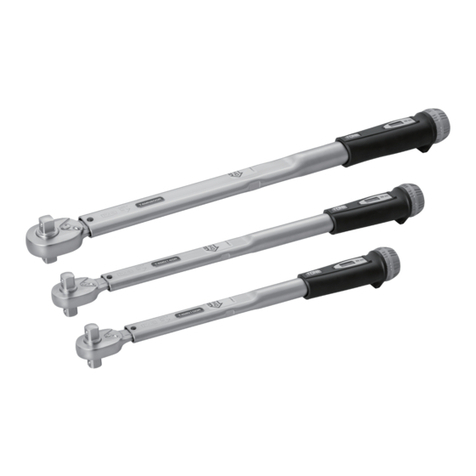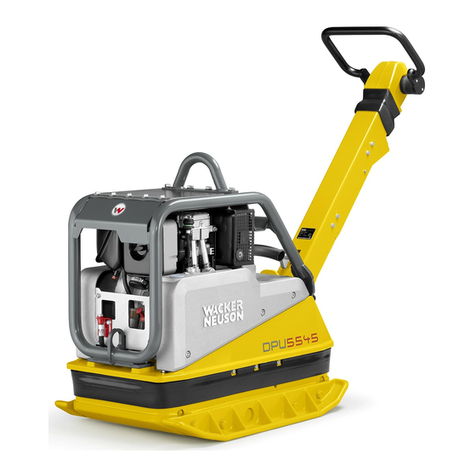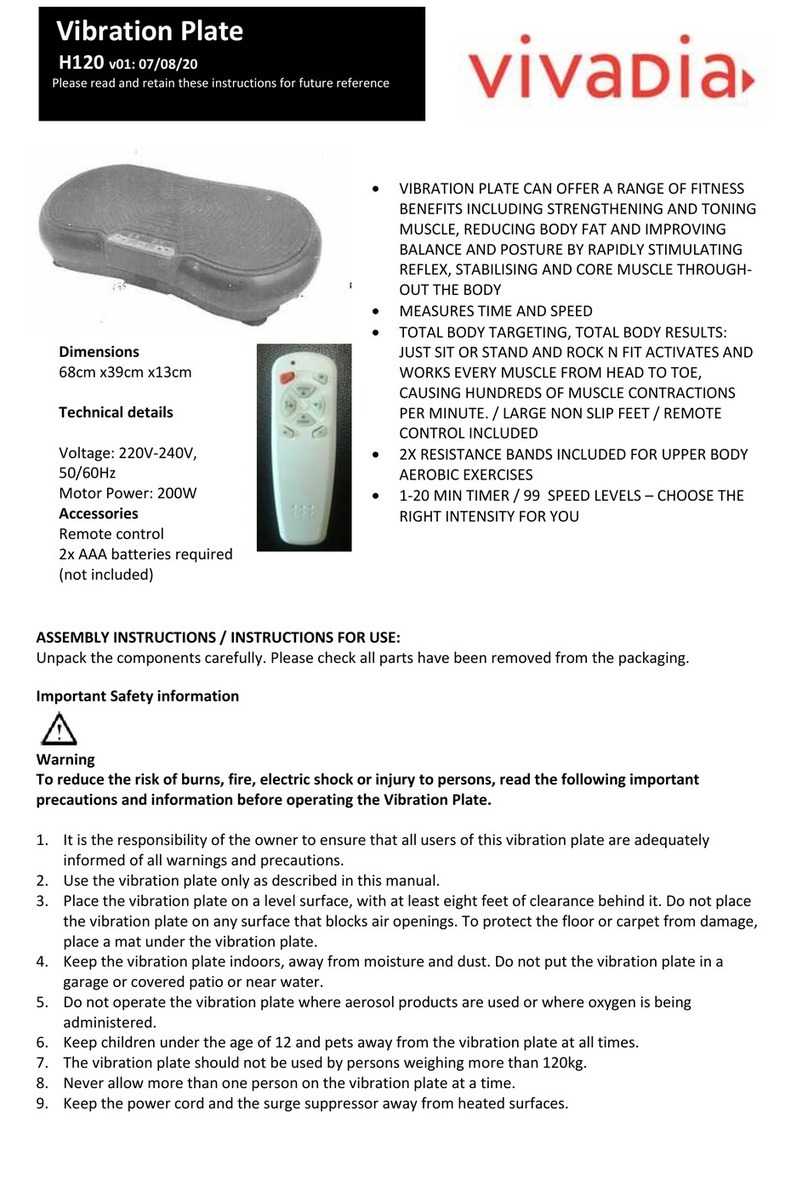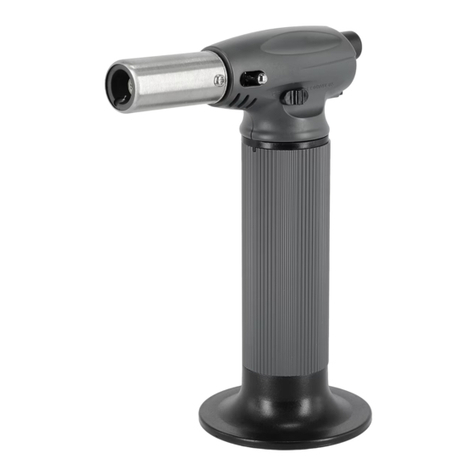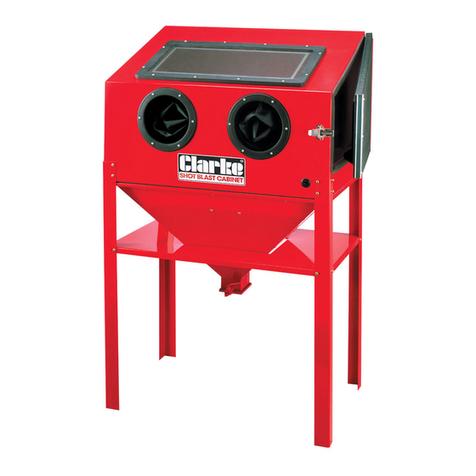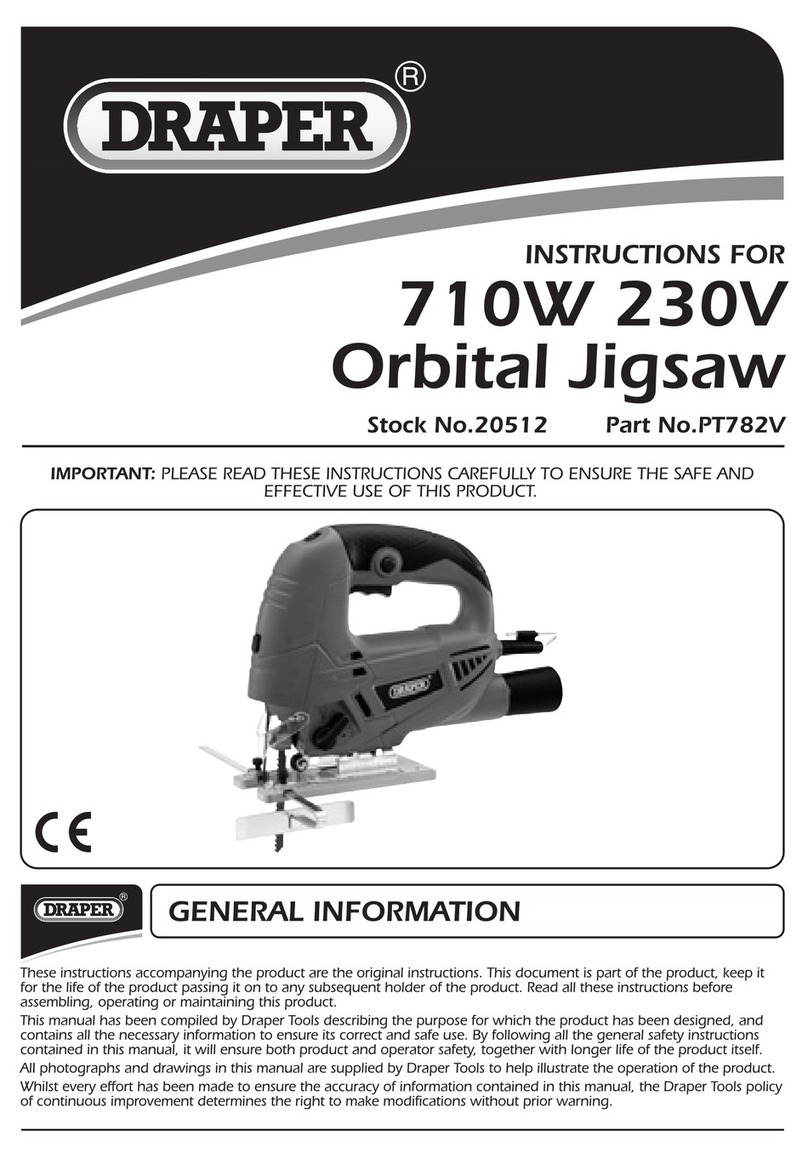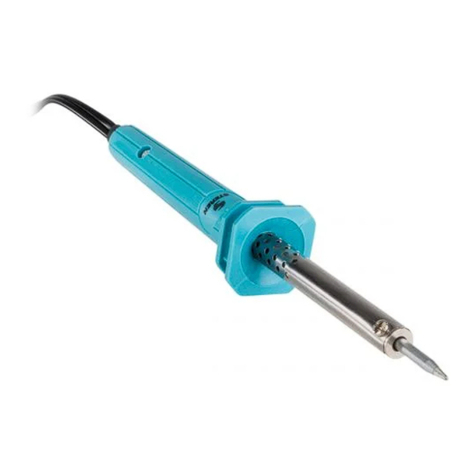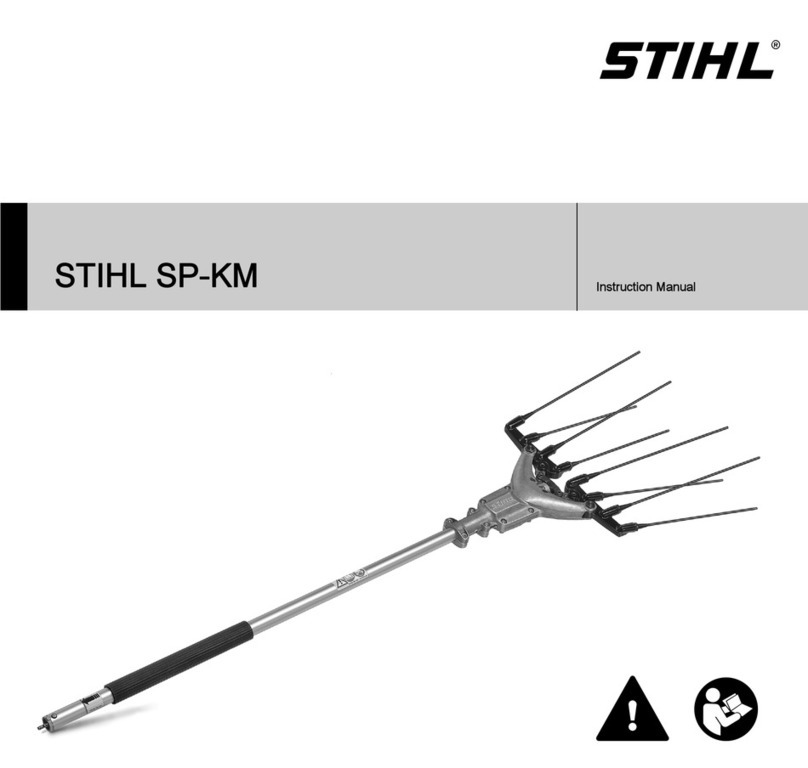Tone PW200 User manual












This manual suits for next models
1
Table of contents
Other Tone Power Tools manuals
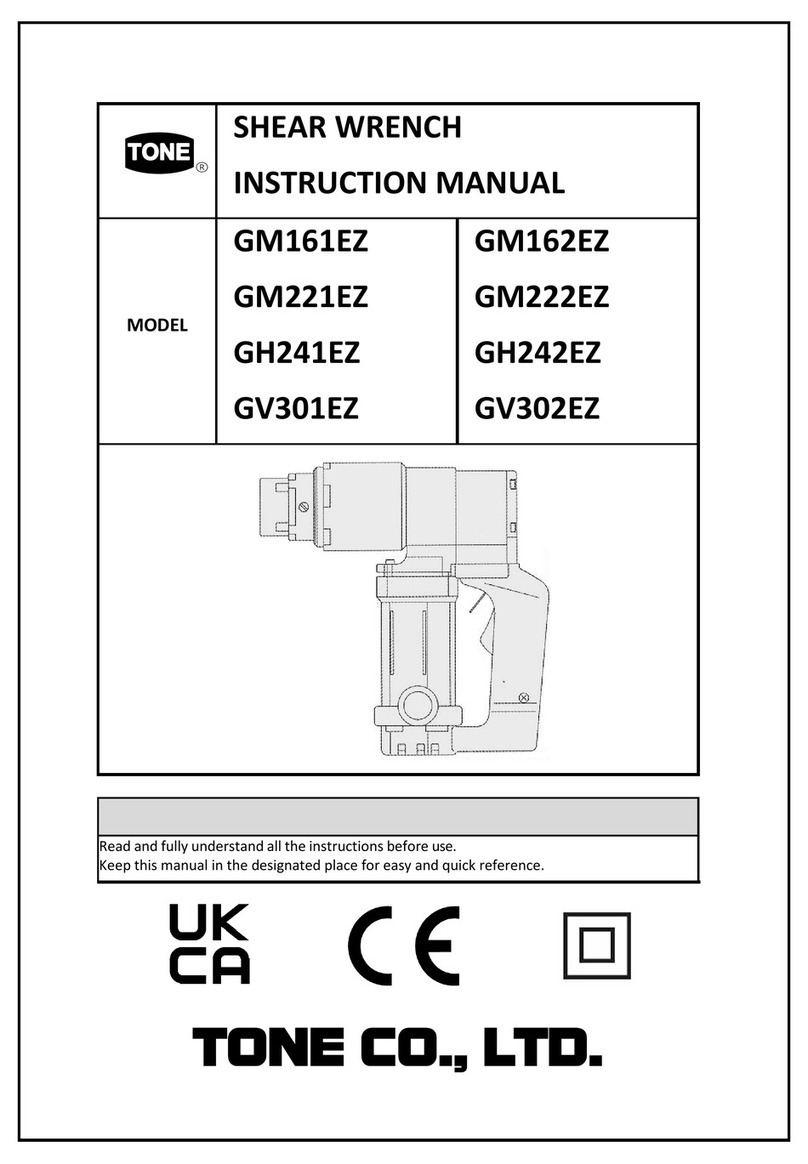
Tone
Tone GM161EZ User manual
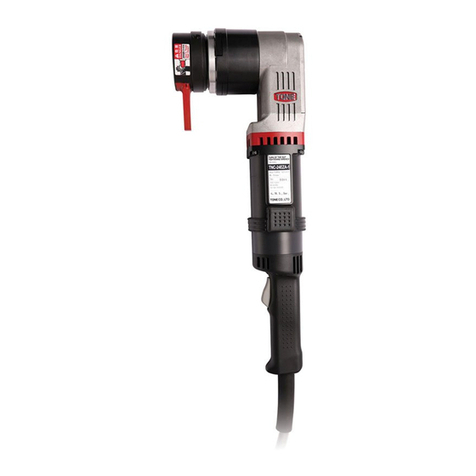
Tone
Tone TNC-24EZA-1 User manual
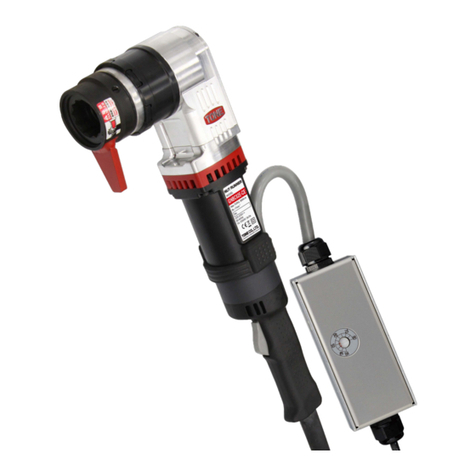
Tone
Tone GNBC81E-UC User manual
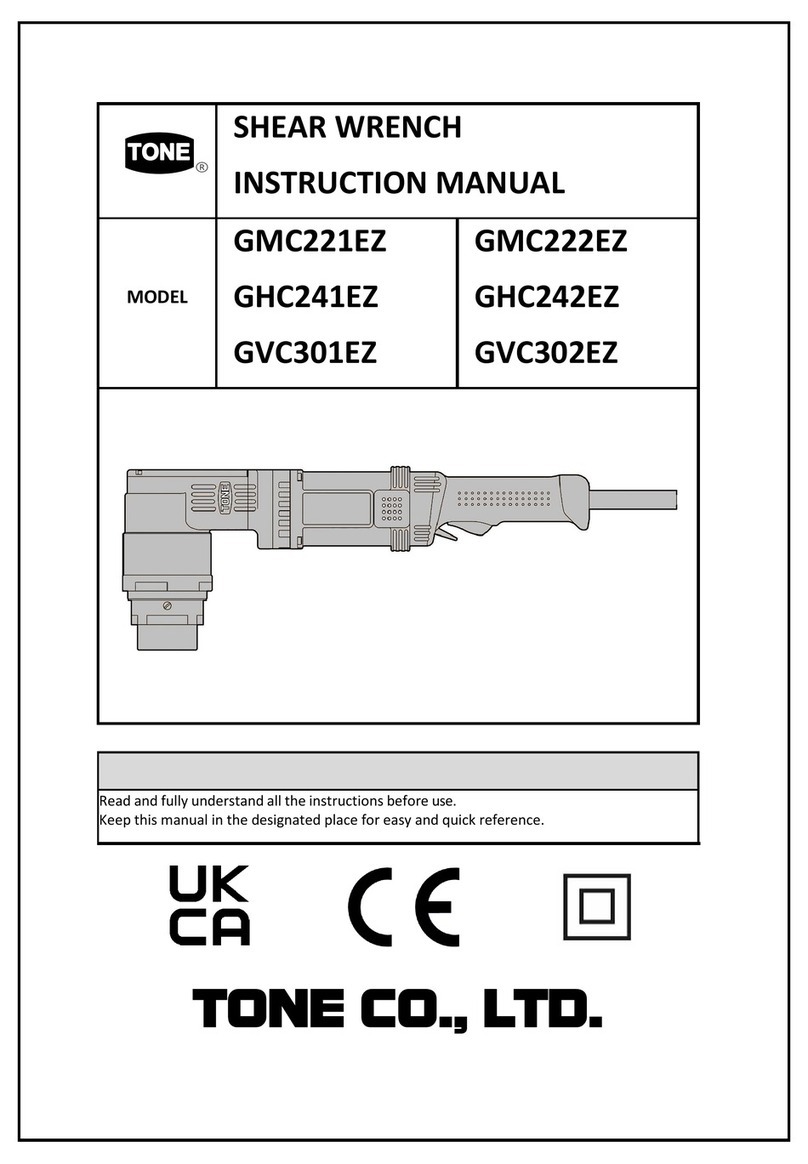
Tone
Tone GMC221EZ User manual
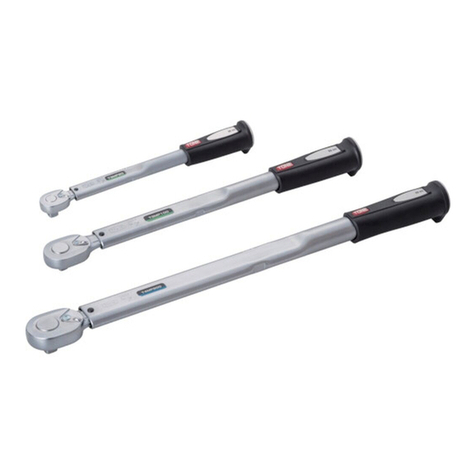
Tone
Tone T2MP6 User manual
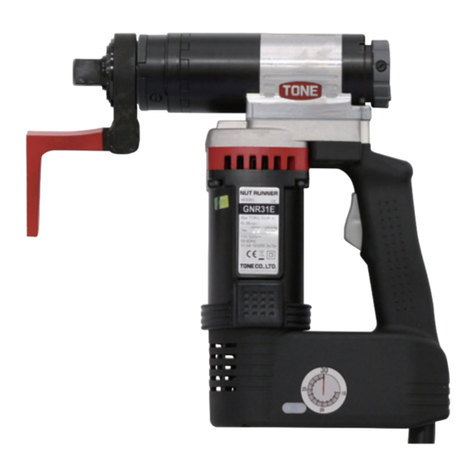
Tone
Tone GNR31E-UC User manual

Tone
Tone 8-150P User manual
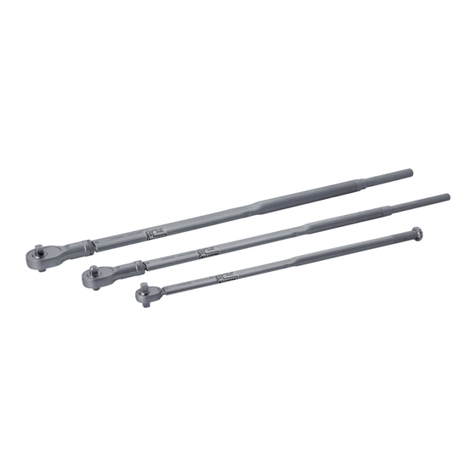
Tone
Tone T6L420NR User manual
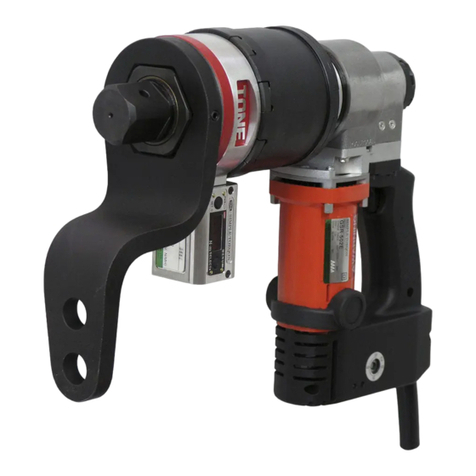
Tone
Tone Power Digitorqon PDX-302N User manual

Tone
Tone CSM160 User manual
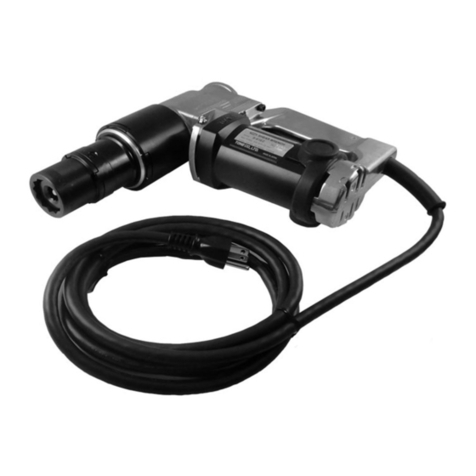
Tone
Tone S-61EZ User manual
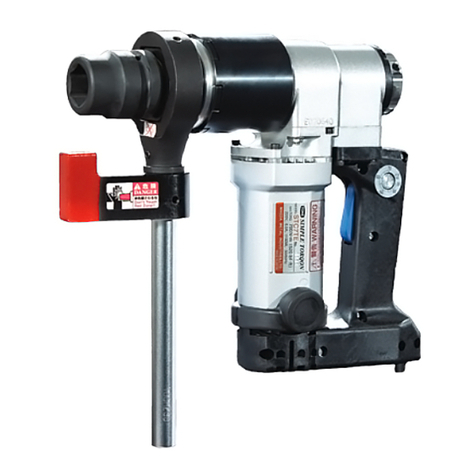
Tone
Tone SIMPLE TORQON XT-STC7TE User manual
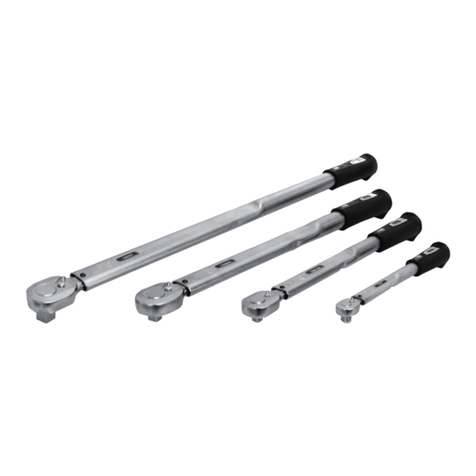
Tone
Tone T2M6 User manual
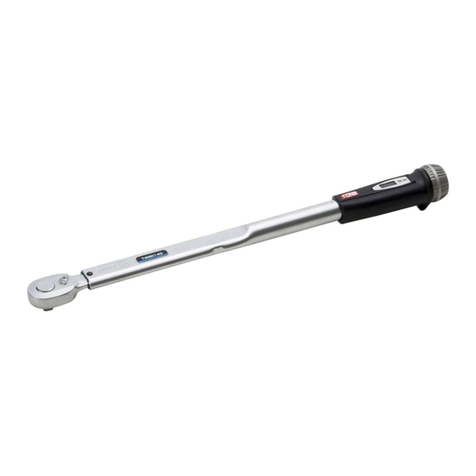
Tone
Tone T2MN6-QL User manual
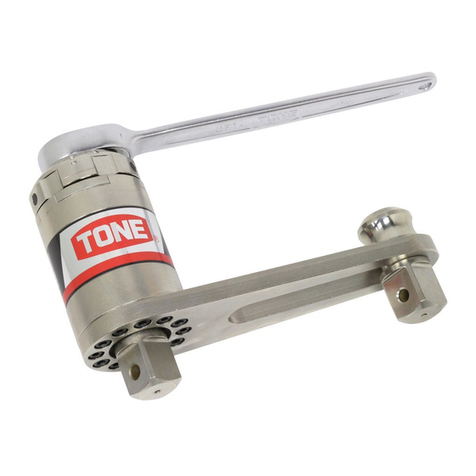
Tone
Tone P150A User manual
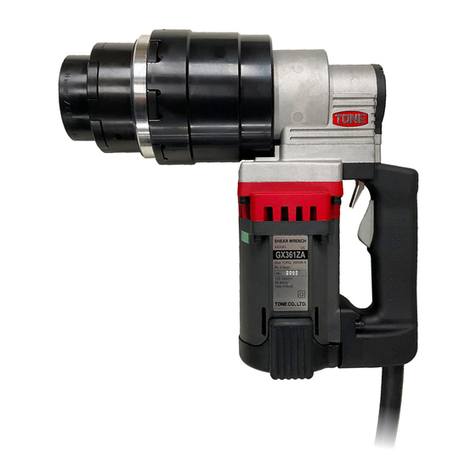
Tone
Tone GX361ZA-UC User manual
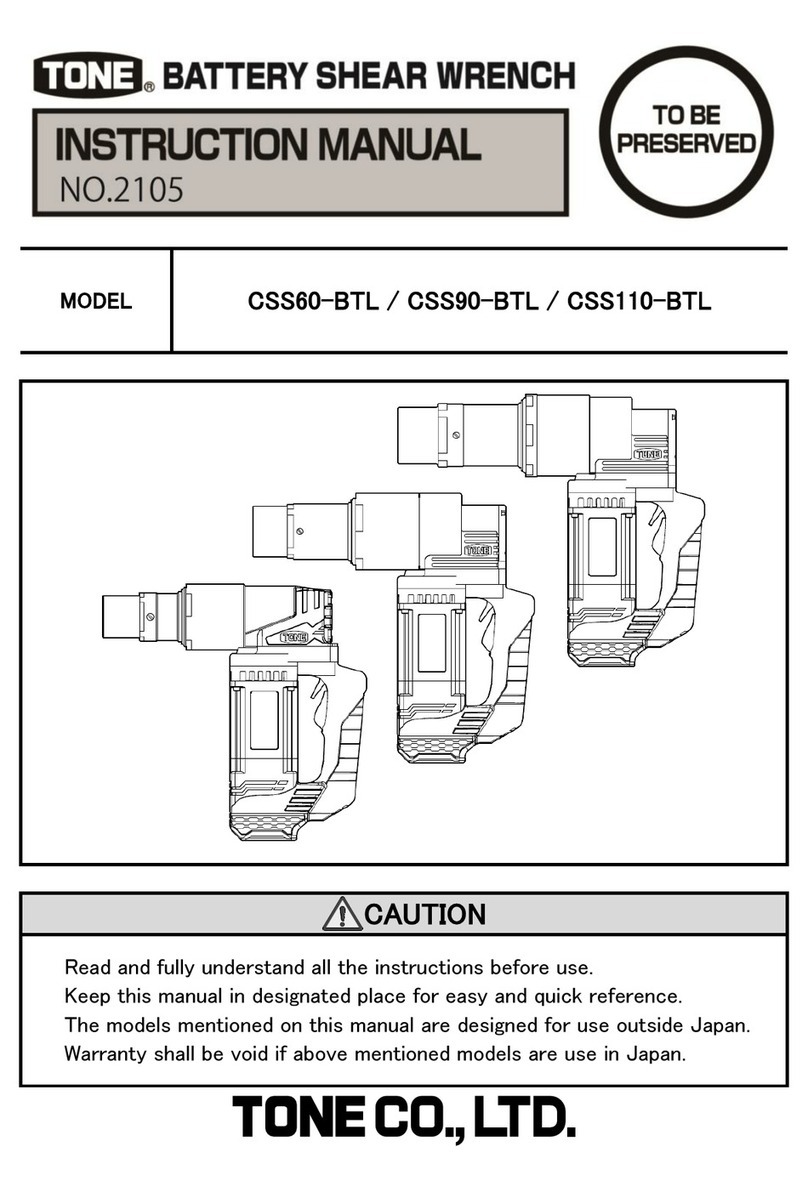
Tone
Tone CSS60-BTL User manual
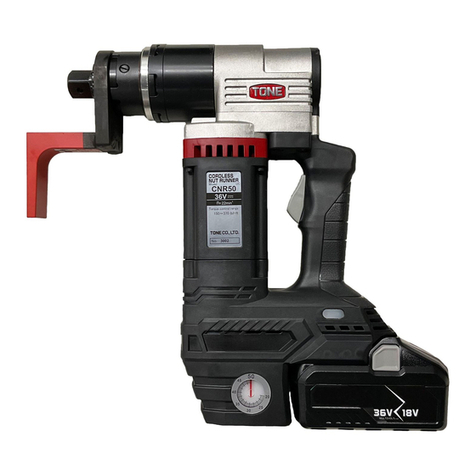
Tone
Tone CNR Series User manual
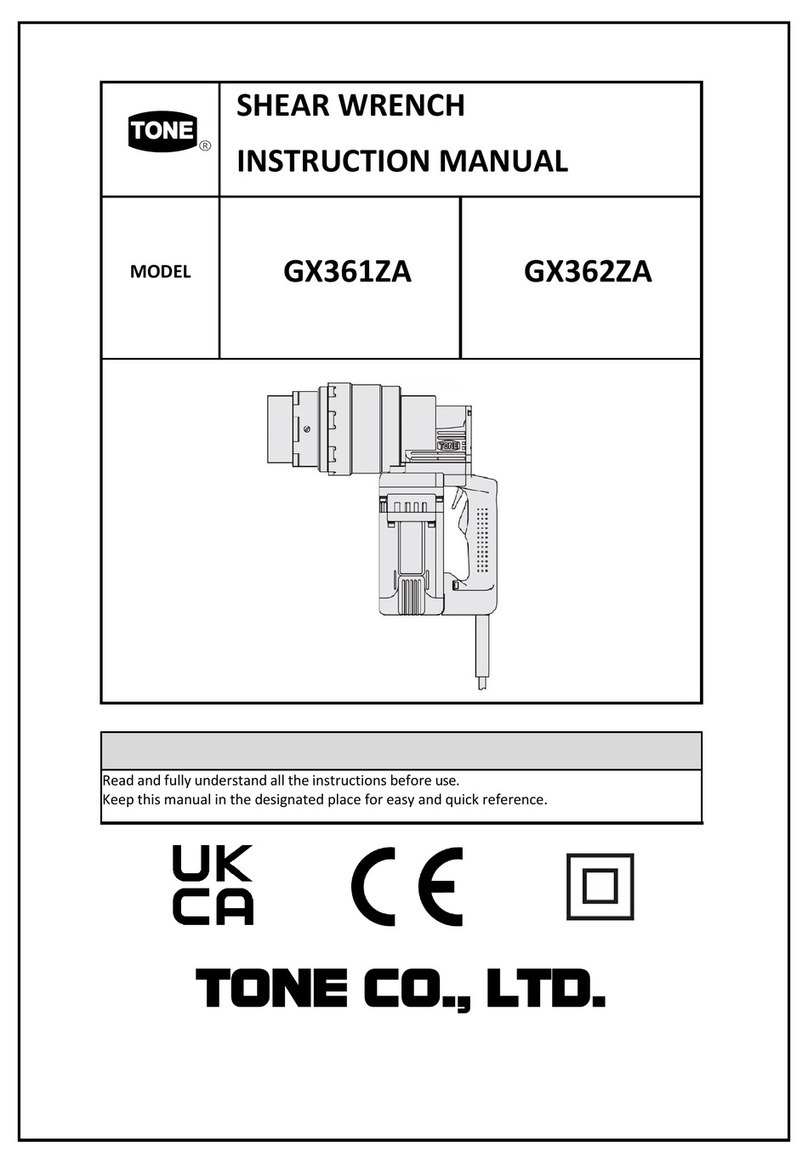
Tone
Tone GX361ZA User manual
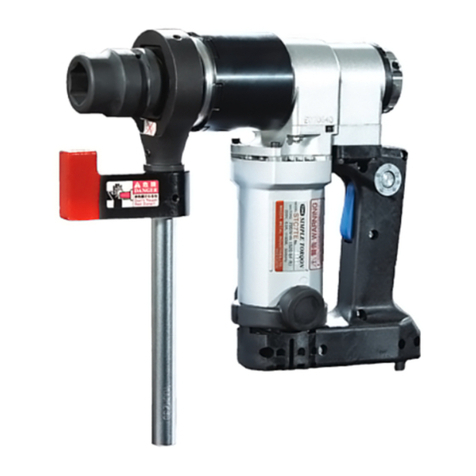
Tone
Tone GNB31E-CE User manual
Popular Power Tools manuals by other brands
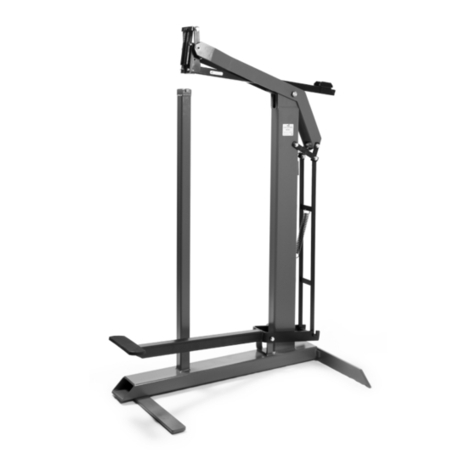
Josef Kihlberg
Josef Kihlberg B561 operating instructions
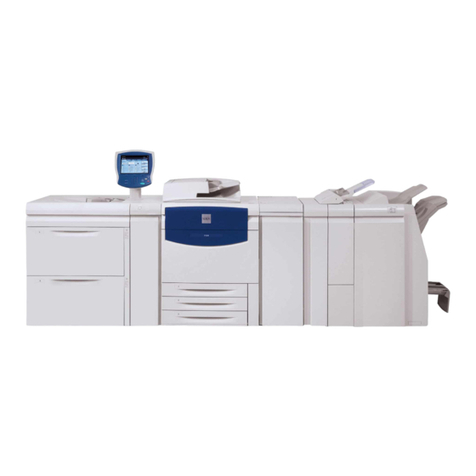
Xerox
Xerox Digital Color Press 700 manual

Graphite
Graphite 59G522 instruction manual
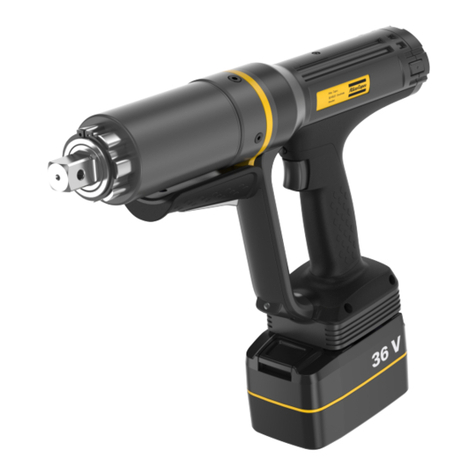
Atlas Copco
Atlas Copco ETP SRB81-3400-25-HA-D Product instructions
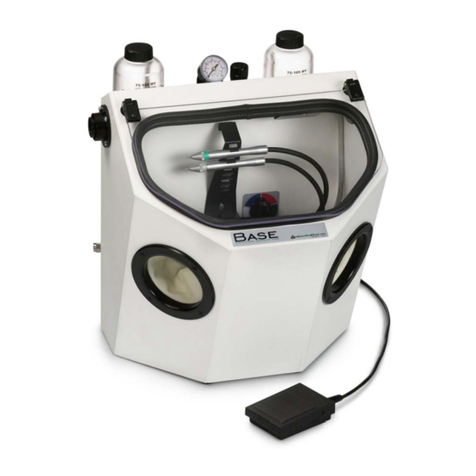
dentalfarm
dentalfarm BASE Evo D.O.S. User and maintenance manual
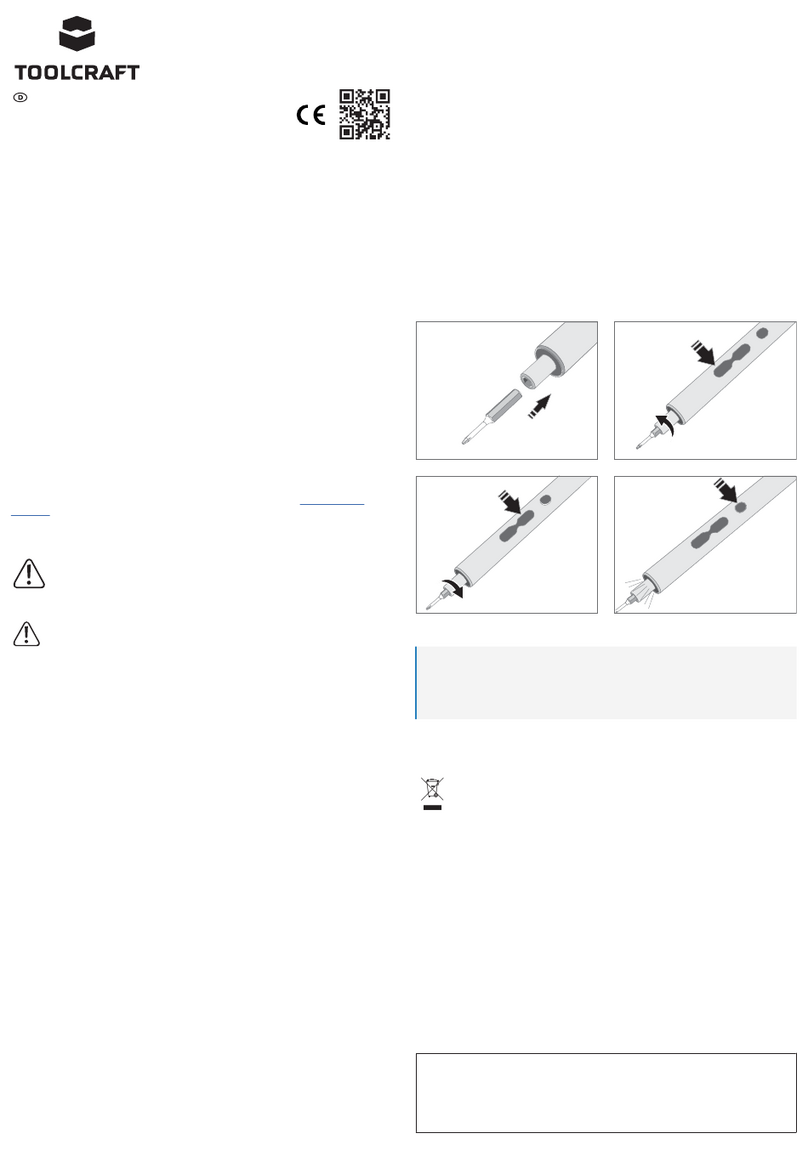
TOOLCRAFT
TOOLCRAFT TO-7116288 operating instructions

